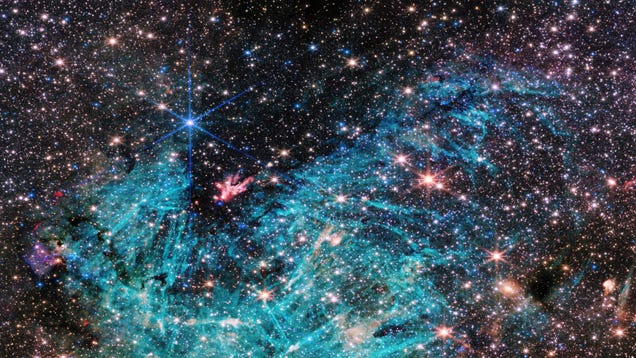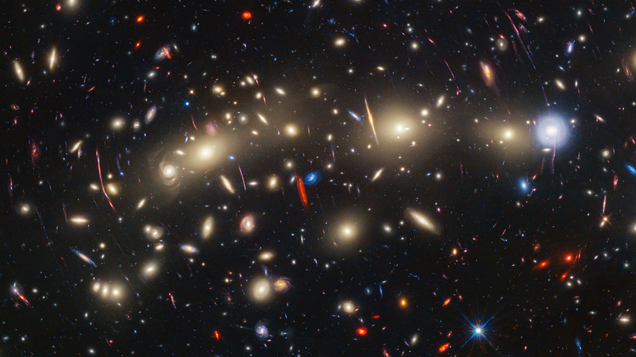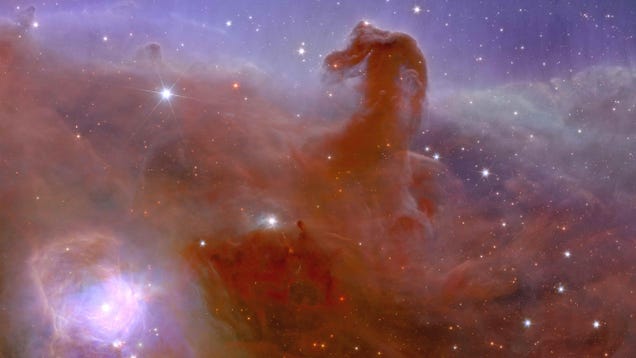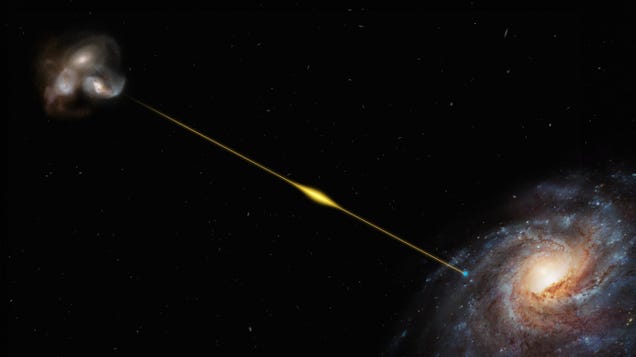
The center of our galaxy is a menagerie of exotic objects; a supermassive black hole, clouds of hot gas, and giant stars that can help inform the origin story of much of the universe. Using the Webb telescope, scientists got to see this chaotic region of the Milky Way in a different light, revealing new features and…




